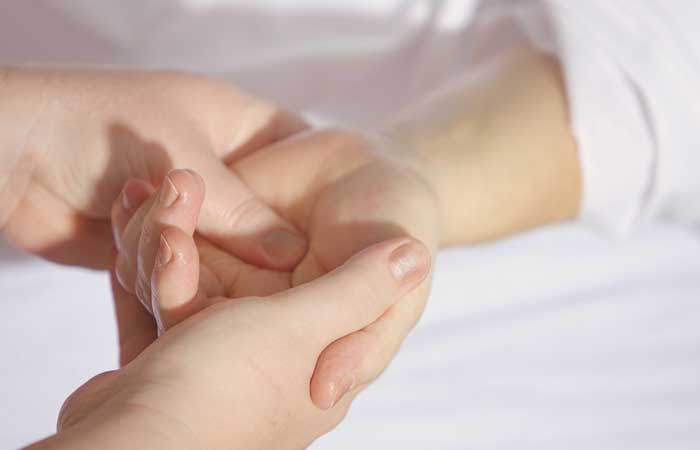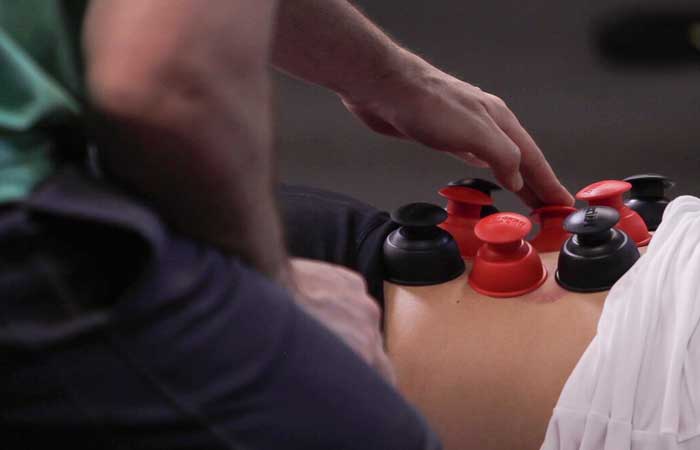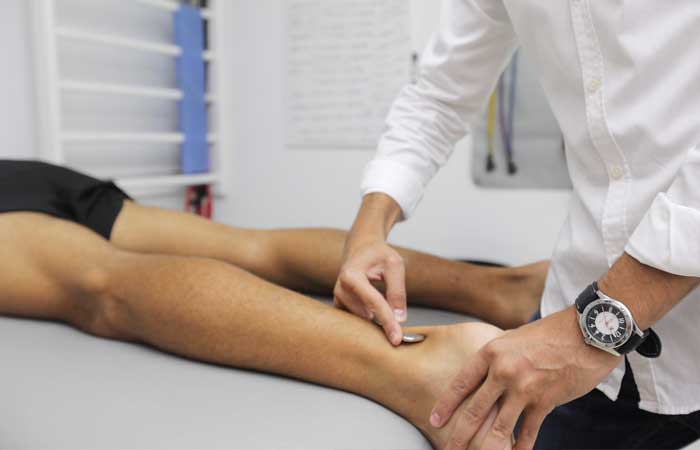Myofascial trigger points are taut bands of tissue that can be felt with palpation (by using your fingers) in the muscles in your body. With active trigger points, these taut bands are very tender and can cause pain to be felt in a distant location in your body, called referred pain. There are specific maps developed from research that show the direct correlation of these common areas and typical pain referral patterns. (see below)
When a trigger point is located and deeply palpated, you can also experience a “local twitch response”. This is the sign of an active area that should respond well to trigger point dry needling. (Note: Wet needling uses various medicines and solutions to inject into trigger points. Dry needling uses a thin filament needle without an injectable solution).
Multiple theories exist to the exact cause of trigger points. One of the more literature supported and accepted concepts involves “spontaneous electrical activity” or SEA at the neuromuscular junction. This SEA can occur after soft tissue injury, overuse from unaccustomed exercise or activity, and with chronic tissue overload that commonly occurs with postural imbalances and repetitive work activities. The SEA results in excessive release of acetylcholine, the chemical which causes the muscle fibers to stay contracted.
These activated trigger points restrict the normal cellular processes and blood flow inside the muscle fibers, form accumulation of chemicals which are irritants to the muscle thereby causing more pain, contraction, muscle guarding and further restriction leading to more trigger point activation and eventual physical dysfunction. Once activated, these trigger points generate pain which can continue for years without treatment and can result in various injuries.
Dr. Hartman has been treating trigger points with Functional Dry Needling for over 10 years with excellent success and improved patient outcomes. He uses the latest techniques to help you get the maximal benefit from this treatment.







